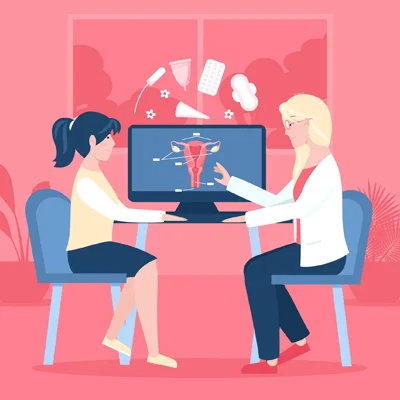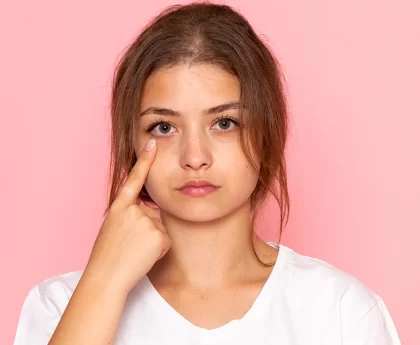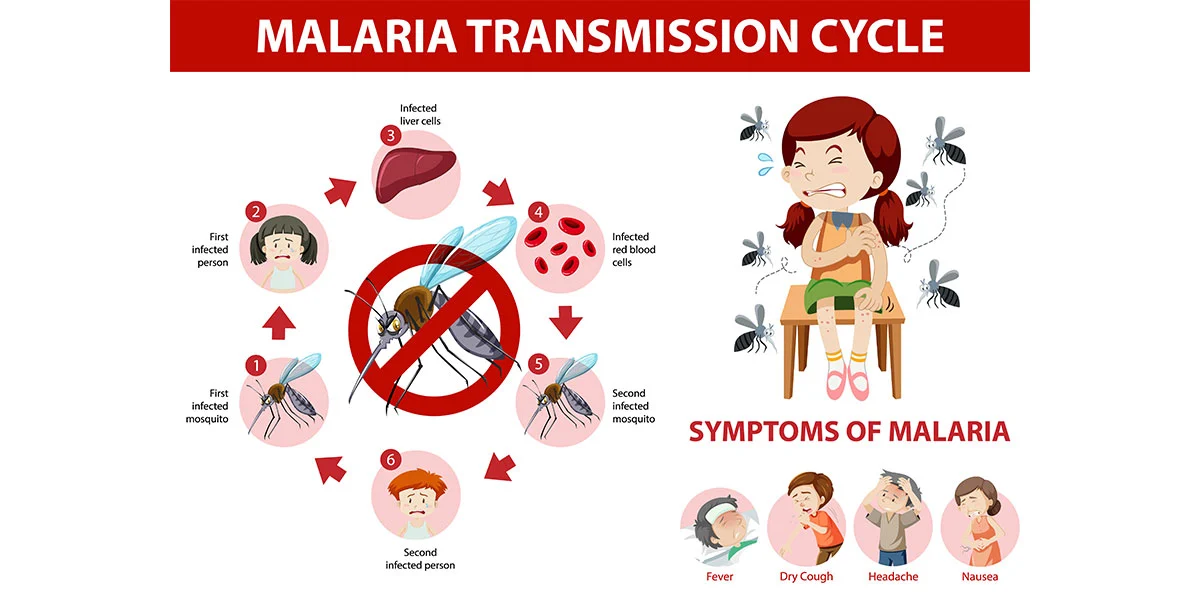Cervical Cancer: Types, Symptoms, Causes, & Home Remedies is a type of cancer that begins in the cells lining the cervix, the lower part of the uterus that connects to the vagina. It is often caused by the human papillomavirus (HPV), a sexually transmitted infection. Cervical cancer usually develops slowly over time, starting with precancerous changes in cells that, if left untreated, can progress to cancer. Symptoms might not be noticeable in the early stages, but as the cancer progresses, symptoms like abnormal vaginal bleeding, pelvic pain, or pain during intercourse may occur. Regular screenings, such as Pap smears, can help detect abnormal changes early when treatment is most effective. Treatment options include surgery, radiation, chemotherapy, or a combination of these, depending on the stage and extent of the cancer.
Types of Cervical Cancer
Cervical cancer is primarily categorized into different types based on the specific cells where the cancer originates.
The main types of cervical cancer include:
- Squamous cell carcinoma: This is the most common type of cervical cancer, accounting for around 70-80% of cases. It begins in the thin, flat cells (squamous cells) that line the outer surface of the cervix.
- Adenocarcinoma: Around 15-20% of cervical cancers are adenocarcinomas. This type starts in the glandular cells of the cervix that produce mucus. Adenocarcinoma may be more difficult to detect early through Pap smears.
In some cases, cervical cancer can be a combination of both squamous cell carcinoma and adenocarcinoma, referred to as adenosquamous carcinoma. This mixed type contains characteristics of both squamous and glandular cells.
Understanding the specific type of cervical cancer is crucial for determining the most effective treatment approach. The treatment and prognosis may vary based on the type and stage of the cancer.

Symptoms of Cervical Cancer
In the early stages, cervical cancer might not show any symptoms, which is why regular screenings are essential. As the cancer progresses, various symptoms might manifest.
These can include:
- Abnormal vaginal bleeding: Bleeding between periods, after intercourse, or post-menopause.
- Pelvic pain: Discomfort or pain in the pelvis or lower abdomen.
- Pain during intercourse: Pain or discomfort during sexual intercourse.
- Unusual vaginal discharge: Blood-tinged or foul-smelling discharge.
- Painful urination: Discomfort or pain while urinating.
However, it’s important to note that these symptoms can also be caused by conditions other than cervical cancer. If you experience any of these symptoms, it’s crucial to consult a healthcare professional for proper evaluation and diagnosis. Regular screenings, such as Pap smears and HPV tests, can help detect cervical abnormalities or cancer at an early, more treatable stage, often before symptoms develop.
Causes of Cervical Cancer
The primary cause of cervical cancer is infection with high-risk types of the human papillomavirus (HPV). HPV is a very common sexually transmitted infection. However, not all HPV infections lead to cervical cancer. Some strains of HPV, particularly types 16 and 18, are considered high-risk because they can cause changes in cervical cells that may eventually lead to cancer.
Other factors that can increase the risk of developing cervical cancer include:
- Weakened immune system: Conditions or medications that weaken the immune system can make the body less able to fight off HPV infection, increasing the risk of cervical cancer.
- Smoking: Long-term smoking is associated with an increased risk of cervical cancer.
- Early sexual activity: Starting sexual activity at an early age can increase the risk of HPV infection.
- Multiple sexual partners: Having multiple sexual partners can increase the risk of HPV exposure.
- Poor socioeconomic status: Lack of access to healthcare and preventive measures such as regular screenings can contribute to a higher risk of developing cervical cancer.
Preventive measures such as HPV vaccination, practicing safe sex, and undergoing regular screenings (such as Pap smears and HPV tests) can significantly reduce the risk of cervical cancer or detect it at an early, more treatable stage.






